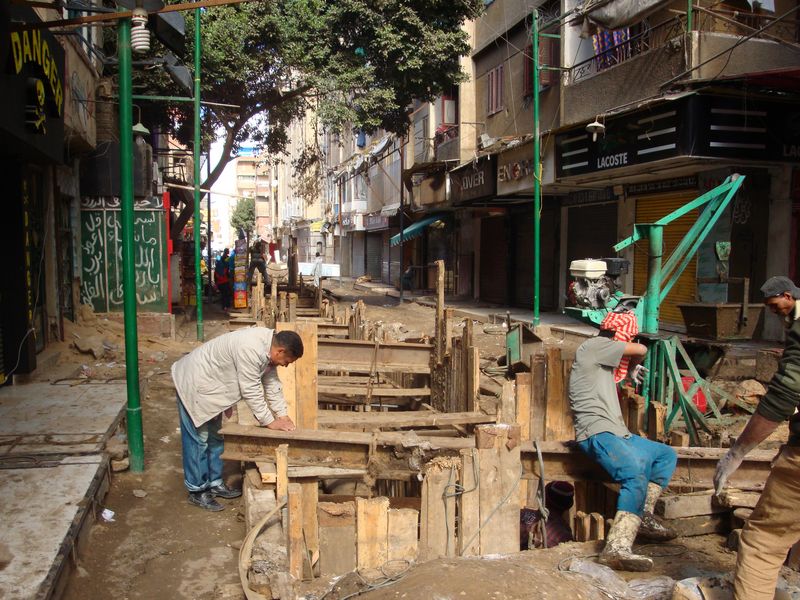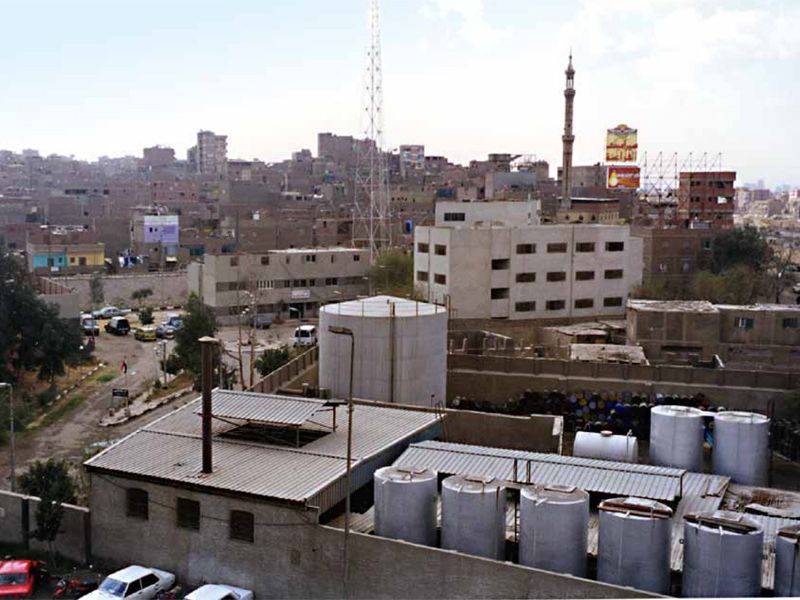Manshiet:Participatory Urban Upgrading Project in Manshiet Nasser (Ezbeth Bekhit), Phase I and II
Disciplines
-
Buildings & Architecture
-
Masterplanning
-
Urban Infrastructure & Utilities
Companies
Dorsch International Consultants
Client
Governorate of Cairo and District of Manshiet Nasser, Cairo
Duration
From 1999 to 2010Project Activities
- Advisory services
- Optimization studies on planning parameters
- Preliminary, final and detailed design
- Preparation of tender documents
- Construction supervision
- Monitoring of procurement
- Approval procedures
- Coordination with project stakeholders
- Socio-economic survey
- Administration of disposition accounts and annual independent auditing
Contact
Dorsch International Consultants GmbH
München (Headquarters)
80687 München
Germany
Phone: +49 89 5797-0
Fax: +49 89 5797-800
E-Mail: info@dorsch.de
Description
The project is implemented in the form of an open programme, to fully use the available funds, focussing on three focal infrastructure sectors of water supply, sanitation and roads, which have been identified as priorities in the Manshiet Nasser Guide Plan and the subsequent Participatory Budget Planning.
The project will also influence the wider urban development of Manshiet Nasser through small Community Development Investments in public facilities and communal initiatives in cooperation with a technical cooperation (TC) programme provided by GTZ.
Financial disbursements for the implementation are carried out through a dispensation fund managed by the consultant.
The prime objective of this project is to improve the living conditions of - and hence reduce potential health risks to - poor residents in Manshiet Nasser District of Greater Cairo by rehabilitating and upgrading the urban infrastructure; this involves the provision and extension of a secure water supply distribution system, the implementation of an organized sewerage system and - to a lesser extent - the upgrading of the road network.
Phase 1 commenced in Ezbeth Bekhit, a sheikha of Manshiet Nasser with a 1998 population of 28,900 in 6,490 households.
The quarter covers an area of 47 feddans (20.1 ha), mainly stretching along the King Khaleb Autostrada.
The topography, which is characterized by extreme differences in elevation, is dominated by limestone cliffs, the result of quarrying over the centuries.
Phase 2 extends the project to the whole of Manshiet Nasser, with an estimated population of around 1 million.
The funding allocated will allow full water distribution and sewerage services to be extended to approximately half of the population and to pave 4.5 km of the internal roads.
Settlement, which commenced in the late 1950s and early '60s, took place informally for the most part, without any regulation or planning - simple dwellings being erected along the Autostrada, slowly extending uphill to the east as more migrants arrived; as a result the urban development is quite haphazard.
The critical environmental and public health conditions which prevail in the quarter are due to the low water supply standard (only 59% of households having access to the public potable supply system and some during night hours only) and lack of proper sanitation (only 56% have access to the informally constructed sewerage network, although all dwellings have privately installed septic tanks).
Neither the quantity of potable water resources nor the pressure in the supply net work is sufficient to cover overall demand; similarly, the existing gravity sewers are in a structurally unsound and poorly maintained condition, causing sewage to overflow into the largely unpaved streets and stagnant pools to develop in depressed areas.
The main objective in the design of the water and sewerage systems is to minimize the excavation depths of the gravity lines in the very narrow lanes, in order to prevent the collapse of adjacent buildings; small lifting stations are envisaged to evacuate sewage from otherwise inaccessible areas.
A participatory approach is being applied, in order to combine the demands of the residents on the one hand and the constraints related to the provision of infrastructure by the several authorities on the other.
The sense of ownership of the improved facilities by the beneficiaries will thus guarantee the sustainability of the project.
Disbursements to contractors are being managed through a local disposition account, administered by the consultant on behalf of the client, including annual audits by an independent financial adviser to interna- tional standards.



